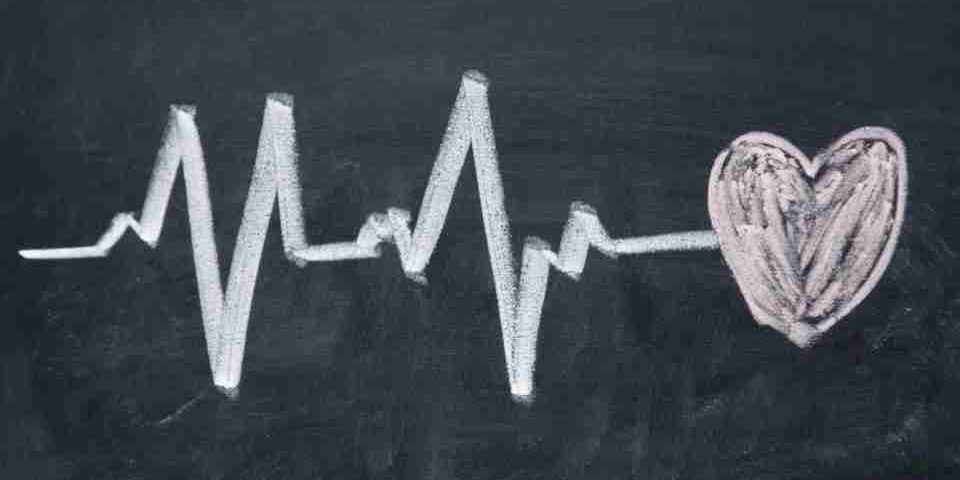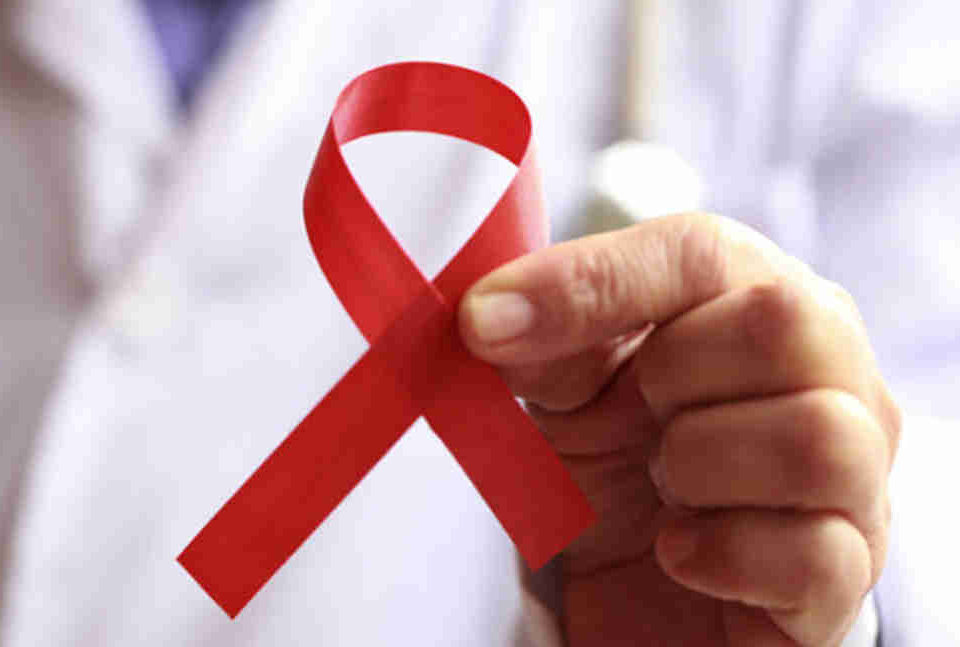- 如有疑问,请联系电邮
- customer@ihealth66.com
USNEWS:十项心脏健康研究突破

德克萨斯儿童医院(Texas Children’s Hospital, Houston, Texas)
2018年12月21日
加州大学洛杉矶分校医学中心(UCLA Medical Center, Los Angeles, Calif.)
2018年12月24日By Lisa Esposito
心血管疾病是当前最常见的疾病之一。虽然对于很多人来说,它不是致命性的疾病,但是有时也让人防不胜防。再加上人类寿命的延长,老龄化社会的到来,心血管疾病的相关研究也愈发得到了重视。现在我们就来看看关于相关疾病的心脏药物、外科手术、技术和预防的最新进展。
Heartening developments
It’s an exciting time in cardiology and patients only stand to benefit. Medications fight heart disease from new angles and less-invasive procedures challenge established open-heart surgery. Women’s heart conditions gain greater attention and streamlined devices boost quality of life for people with heart failure. Evidence continues to build on what truly prevents heart disease (like exercise) and what doesn’t. See what three leading cardiologists suggest as the most significant, recent heart-health advances.
Next-generation cholesterol medication
If super-high cholesterol runs in your family, a class of drugs called PCSK9 inhibitors may help protect you from cardiac events. This new generation of cholesterol-lowering medication is used for people with familial hypercholesterolemia, explains Dr. Richard Becker, director of the University of Cincinnati Heart, Lung and Vascular Institute. Other patients with high LDL or “bad” cholesterol who don’t respond well to their current medications may benefit as well. These injectable drugs, such as evolocumab (brand name Repatha) and alirocumab (Praulent), work differently than statins. A large randomized study, funded by drugmaker Amgen and published in the May 4, 2017, New England Journal of Medicine, found treatment with evolocumab, combined with statins, reduced LDL levels and lowered the risk of heart attack and stroke.
Anti-inflammation treatment
Scientists have long suspected inflammation as a culprit in causing arterial plaque buildup and heart attacks. A recent NEJM study may bolster that theory. An anti-inflammatory drug called canakinumab, currently used to treat juvenile arthritis, was randomly assigned to participants who had survived heart attacks. In the study, funded by drugmaker Novartis, patients who received the anti-inflammatory drug showed significantly lower rates of recurrent heart attacks, nonfatal strokes or cardiac death. “Time will determine whether anti-inflammatory treatment is going to be developed and become part of the standard of care,” Becker says. “But many times, with discoveries that are groundbreaking or representing a sea change, we don’t recognize their potential right away.”
Heart valve replacement
For patients with faulty heart valves, alternatives to chest-opening surgery are evolving. In older patients with multiple medical conditions who are at higher risk of surgical complications, minimally invasive valve surgery may be an option. Known as transcatheter aortic valve replacement, or TAVR, it’s a method to deliver a replacement valve to the heart through a catheter. Similarly, the MitraClip procedure is used for select patients with leaky mitral valves. For children and adults with congenital heart defects, the Melody heart valve implant may minimize the need for future surgery. While it’s still not clear if long-term outcomes will be as good as with traditional surgery in lower-risk patients who are eligible for open valve replacement, minimally invasive valve replacement “is really coming of age,” says Dr. Sharonne Hayes, founder of the Women’s Heart Clinic at the Mayo Clinic in Rochester, Minnesota. Eventually, she says, as it becomes more durable, it could become the treatment of choice for a wider range of patients.
SCAD awareness
Some recently pregnant, young or middle-aged women who have no “typical” risk factors for heart disease still face a significant risk of heart attacks and sudden death from a condition called spontaneous coronary heart dissection. SCAD is a fairly uncommon but life-threatening emergency that occurs when a tear develops in one of the blood vessels of the heart. The medical community is finally starting to recognize that risk, says Hayes, who serves on the scientific advisory council of WomenHeart: The National Coalition for Women With Heart Disease. Because SCAD primarily develops in otherwise healthy women in their 40s and 50s, or those who’ve recently given birth, it too often has fallen under the radar. SCAD requires specific, immediate treatment. Symptoms are similar to those of a heart-attack: chest pain, rapid heartbeat, arm, shoulder or jaw pain, shortness of breath, sweating, extreme tiredness, dizziness and nausea. Anyone with these symptoms should call 911. Proper diagnosis of SCAD at the hospital is important since initial treatment is different from heart attacks that are due to atherosclerosis, or plaque.
More transplants possible
A rise in available donor hearts is letting more waitlist patients receive heart transplants. This increased availability applies to all solid organs, including hearts, explains Dr. Mary Norine Walsh, medical director of heart failure and cardiac transplantation at St. Vincent Heart Center in Indianapolis. Two medical developments – one which is hopeful, and the other alarming – play a role. “The opioid epidemic is partially the reason, because we have younger, otherwise healthy people who suffer brain death, ultimately,” she says. “Another area specific to cardiac transplants is that some centers are now transplanting organs when the donors have been positive for hepatitis C.” With medication now available to cure hepatitis C, she says, that opens the door to more heart donors.
Lower blood-pressure limits
In November 2017, medical groups announced lower thresholds for diagnosing patients with high blood pressure. The new hypertension redline (130/80 or higher) for treatment and the increased number of U.S. patients affected drew a lot of attention. But somewhat “lost in the noise” were included recommendations for prescribing lifestyle changes, according to Walsh, who is also president of the American College of Cardiology. She praises the guidelines’ emphasis on diet and exercise modifications across blood-pressure ranges, and notes the prominent new focus on patients regularly checking their own blood pressure at home.
Heart-failure devices
Portable heart pumps keep improving life for people with congestive heart failure. Known as ventricular assist devices, these battery-operated systems can be carried in a backpack. Once considered as only temporary bridge devices to keep patients alive while waiting for transplants, VADs are now also seen as permanent “destination therapy” when transplant isn’t possible. A recent clinical trial, for which Walsh is a co-investigator, compared the HeartMate 3 pump to the commercially available model. Published in the Feb. 2 issue of NEJM, the study found less need for re-operation by six months for patients randomly assigned to use the newer pump version.
Fish-oil debunking
Add fish oil to the list of nutritional supplements that won’t really help prevent heart disease. Combined studies involving nearly 78,000 participants found that taking supplements with omega-3 fatty acids from fish oil “had no significant association with reductions in fatal or nonfatal coronary heart disease or any major vascular events,” according to the evidence review released Jan. 31 in the journal JAMA Cardiology. While other noncardiology reasons may exist for taking fish oil, Hayes says she’s deprescribing these and other supplements for patients who may have been taking them for years to reap supposed, unproven heart-health benefits.
Simulation technology
Airline pilots spend hours in flight simulators for training, and now simulation technology is helping heart surgeons and budding cardiologists prepare for challenging clinical scenarios. “Simulation technology has really gone to a new level as far as training the next generation of surgeons and cardiologists,” Becker says. Treatment teams including cardiologists, nurses and anesthesiologists can perform run-throughs on anything from standard heart procedures to “some of the rarest anomalies or situations that can arise,” he says. Leading U.S. pediatric centers already use 3-D printingtechnology to create precision models of the heart and other anatomical structures, he adds, to better prepare for congenital heart surgery.
AI and machine learning
Artificial intelligence and machine learning can help vulnerable heart patients. Those who are ill or recovering from a heart procedure are often deconditioned and weak on their feet, Becker says. That puts them at risk for falls in the hospital or at home. His group is looking at how to use a combination of AI, cameras and motion sensors to detect patients’ body movements, breathing patterns and other health data and prevent potential falls from happening. Similarly, he says, machine learning can process physical data from people who have implantable cardioverter defibrillators, or ICDs. Subtle changes in heart rhythms or parameters of the EKG can help providers anticipate when a cardiac event will happen, hours in advance, making prevention possible and avoiding a protective but unsettling ICD jolt. With AI and machine-based learning, Becker says, “It’s really becoming something that is tangible versus something that sounds cool.”





